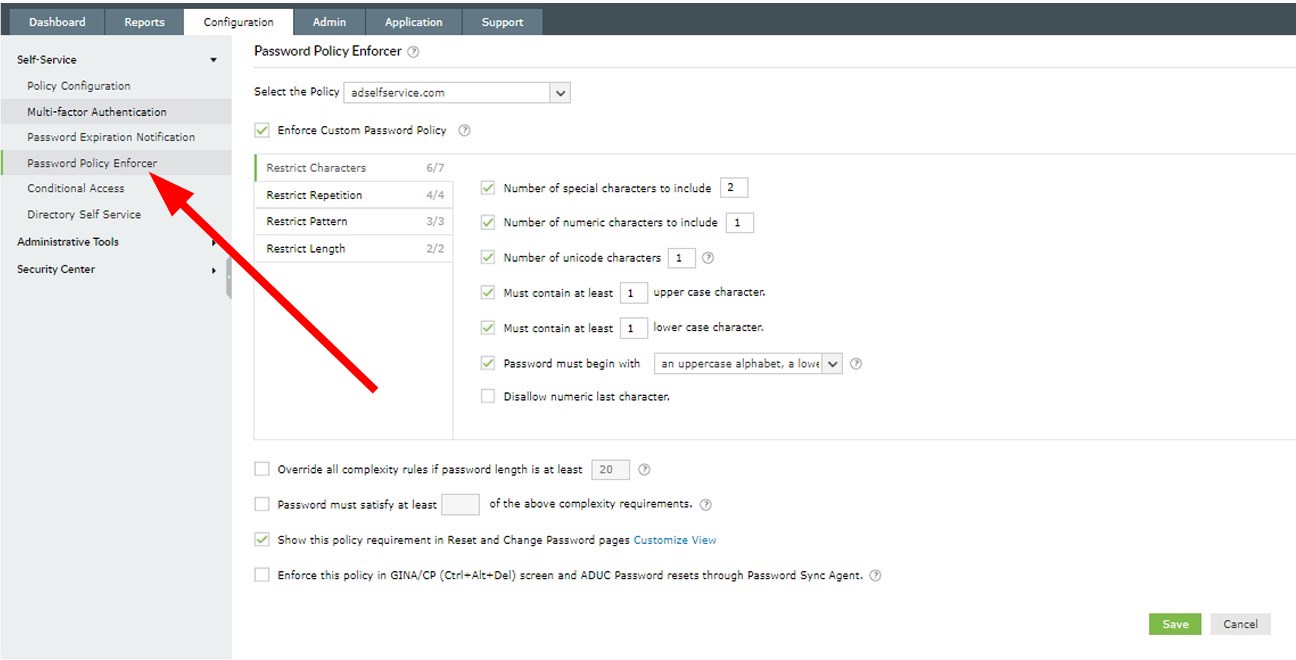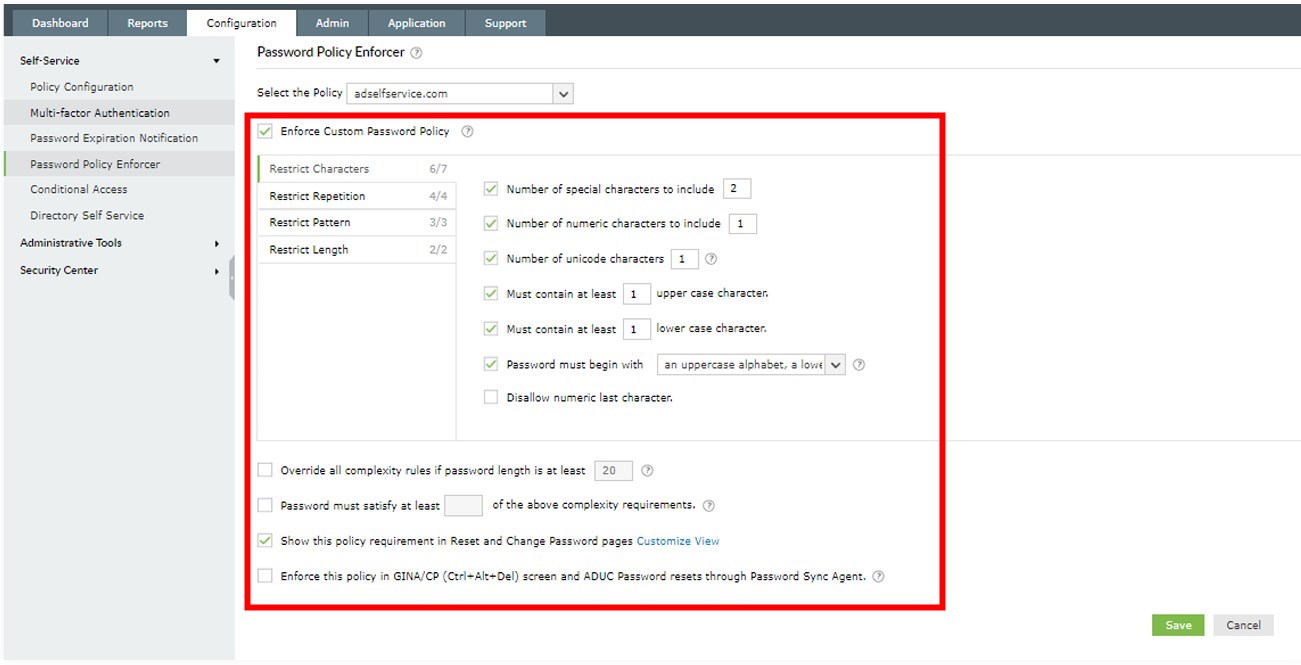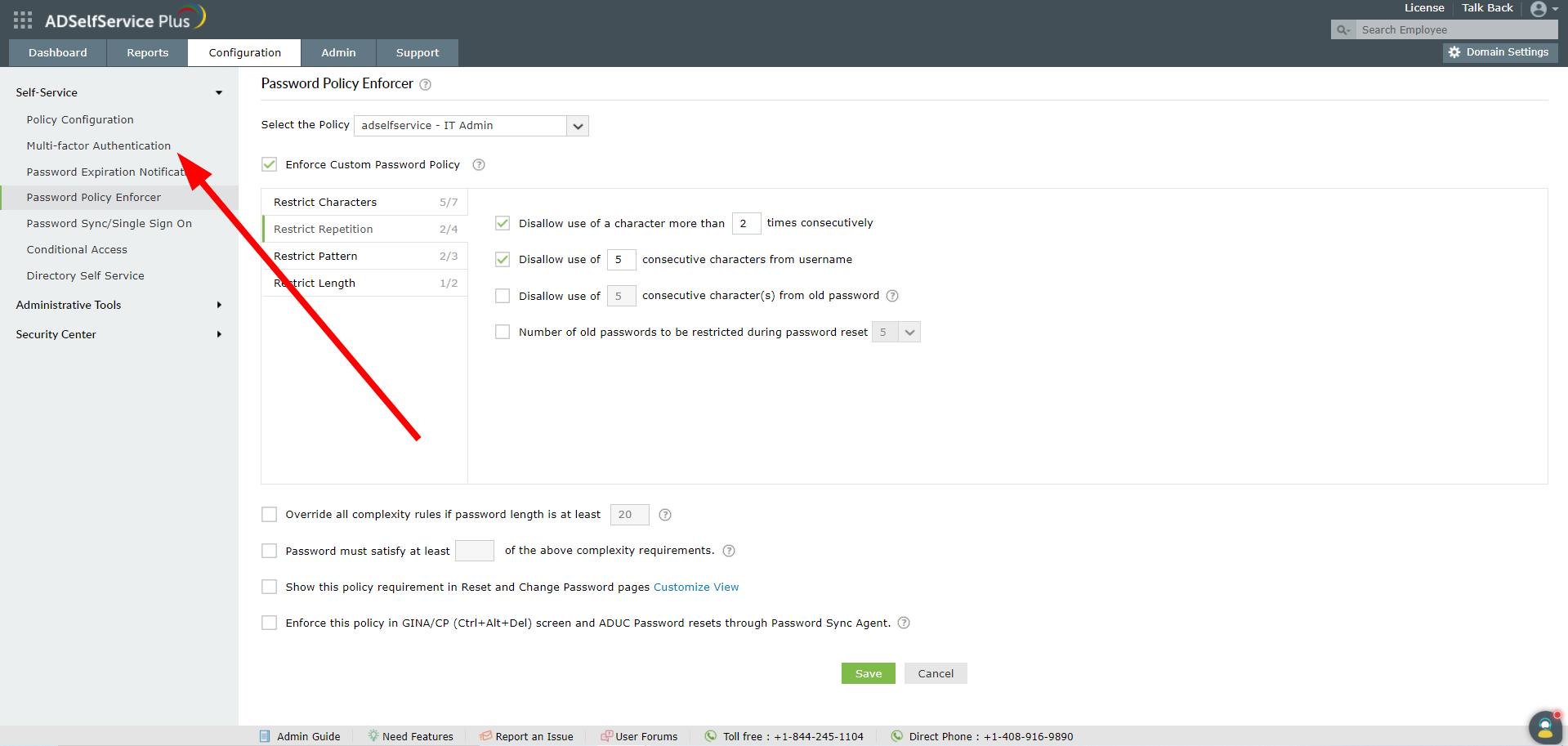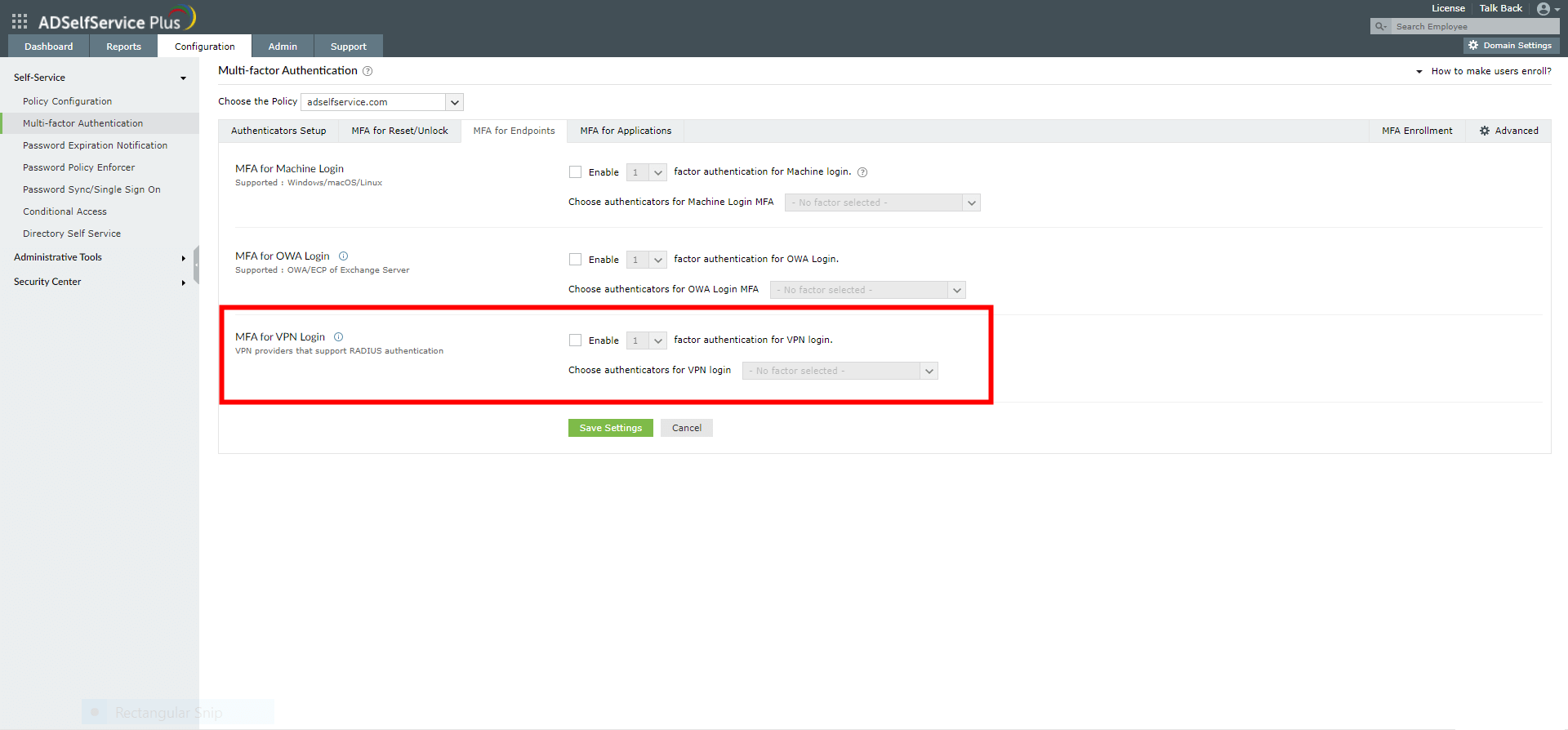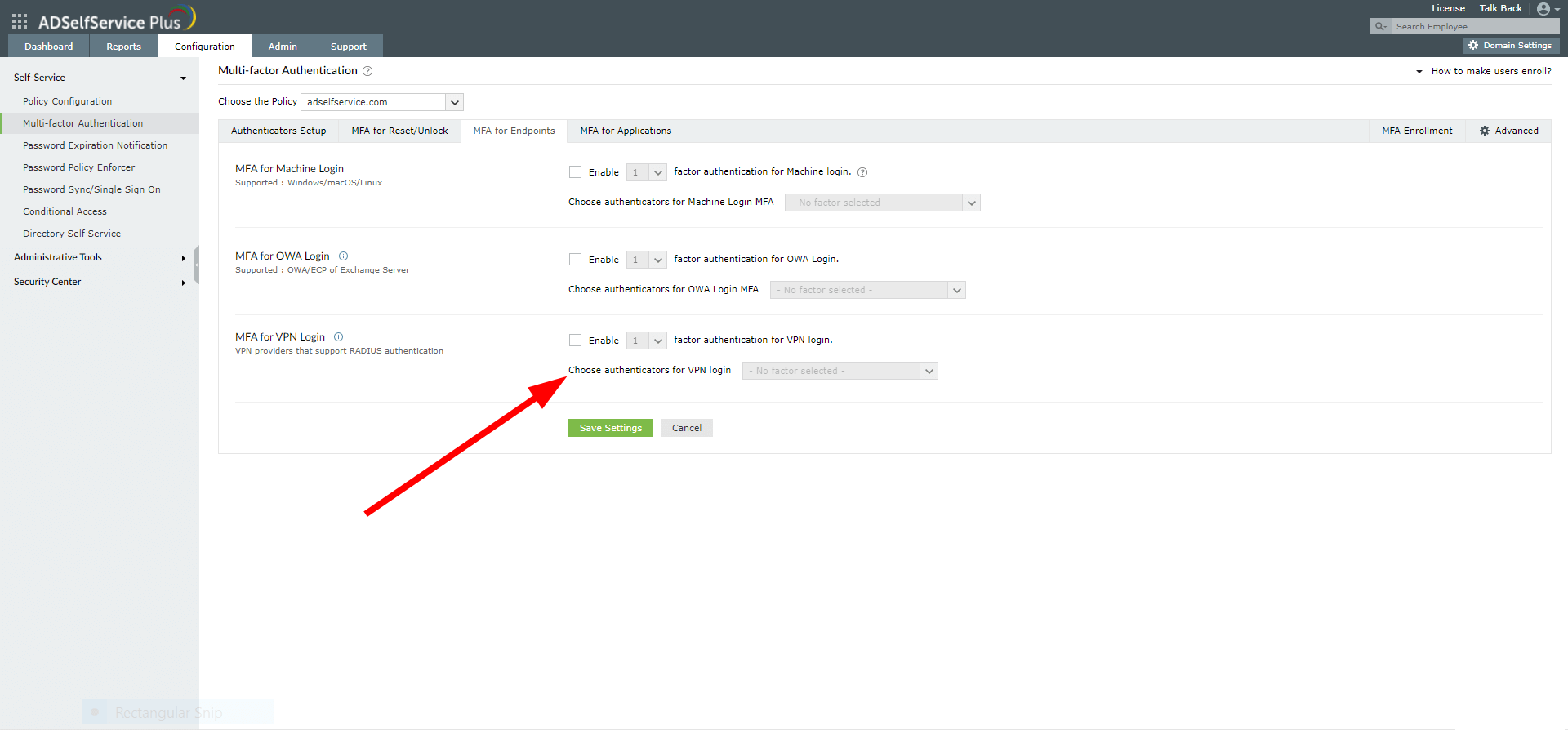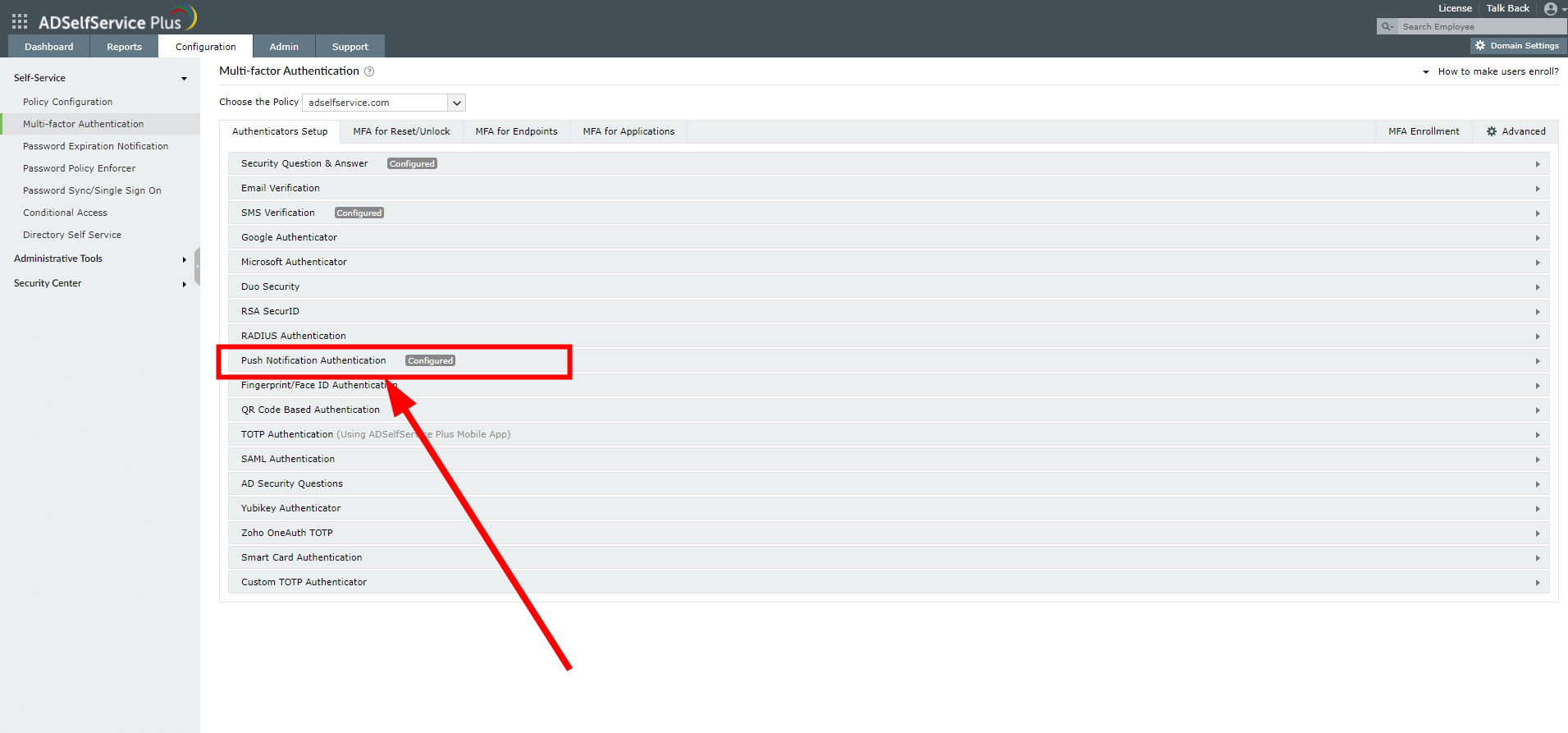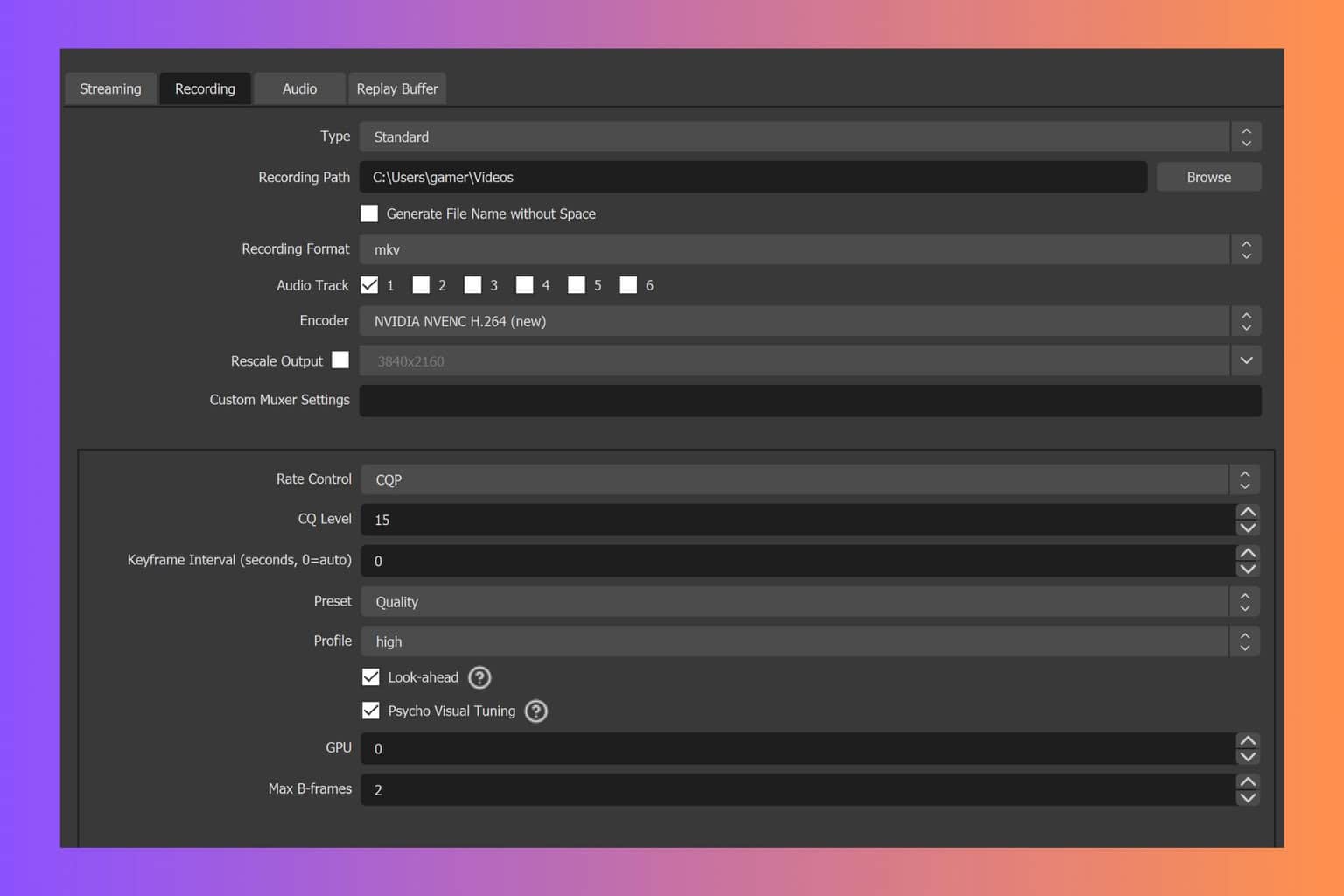7 Best Ways to Protect Active Directory From Ransomware
Check out some of the best practices to protect your Active Directory
5 min. read
Updated on
Read our disclosure page to find out how can you help Windows Report sustain the editorial team Read more
Key notes
- Ransomware attacks on the Active Directory of an organization will give a freeway to all the company’s resources.
- Admins should have a proper ransomware detection and prevention plan to deal with such situations.
- Here, we have shown some of the best ways that you can follow to protect your Active Directory from ransomware attacks.
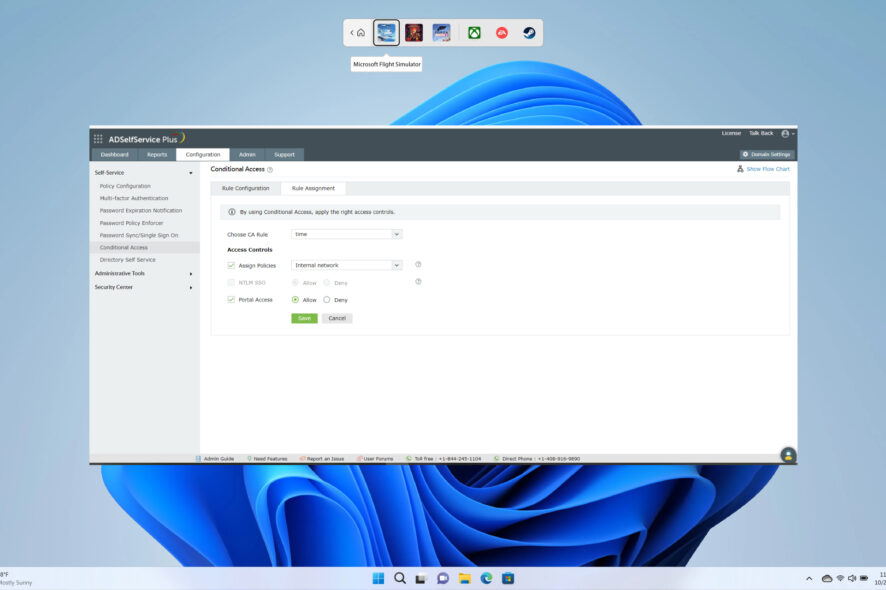
Ransomware attacks are increasing day by day as the world has shifted over to the internet. This puts organizations under a lot of stress as everything important to them is available on a network, which can easily be accessed in case necessary measures aren’t in place.
In this guide, we will show you how to protect Active Directory from ransomware attacks. This guide will help you apply measures and safeguard your AD from increasing ransomware attacks. Protecting Active Directory is important because an intruder can take ownership rights of the network, and get hold of everything important.
Why ransomware attacks are increasing on Active Directory?
To put it in simple terms, accessing the Active Directory anyone the gateway to everything on the network. This includes important files, apps, and services.
It can also allow a user to manage the network, manage groups, authenticate permissions, allow or deny permissions, and secure users across the domain network.
Cybercriminals understand the importance of Active Directory because of a few of the above-mentioned reasons, thus attacking the Active Directory.
Is Active Directory encrypted by ransomware?
No. Ransomware does not encrypt the Active Directory. However, it uses it as a gateway to encrypt connected hosts and domains joined systems. You can imagine the loss if a ransomware attack happens to an organization.
Their main goal is to gain admin access to everything on a domain controller. They will own the network and access all the apps and services on it. If necessary precautions or tools aren’t used, then recovering from a ransomware attack becomes quite difficult.
How can I protect Active Directory from ransomware?
1. Use a specialized tool and protect Active Directory
- Download and install ManageEngine ADSelfService Plus.
- Launch the tool.
- Click on the Configuration tab at the top.
- Select Password Policy Enforcer from the left pane.
- Choose the best and a complex password policy for the Active Directory.
- Click on the Multi-factor Authentication option on the left pane.
- Here you can set up multi-factor authentication or MFA for the AD using a third-party tool such as Google Authenticator or Microsoft Authenticator and apply other policies.
- Click on the MFA Endpoints tab.
- For MFA for VPN Login, select Enable.
- From the Choose authentication for VPN login drop-down, select the appropriate option.
- Go to the Authenticators Setup tab.
- Click on Push Notifications Authentication.
- Click on Enable Push Notification Authentication button.
These are some of the best measures that you can take to protect the Active Directory from ransomware attacks. But there is a specialized tool called ManageEngine ADSelf Service Plus that can help you with all the above and more to help strengthen the security of your AD.
It gives you multi-factor authentication for different OSs, cloud apps, and VPNs, provides conditional access, self-service password reset, password expiration notifications, password policy enforcer, and much more.
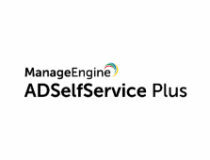
ManageEngine AdSelfService Plus
A well-packed and self-service password management tool.2. Apply strong custom password policies
You should make sure that strong password policies are in place. This includes setting long and complex passwords, not allowing dictionary words as passwords, and avoiding already compromised passwords.
Passwords should consist of a combination of characters, text, and numbers. You should also apply password policies such as the usage of at least one capital letter, etc.
3. Use multi-factor authentication
In today’s era, two-factor authentication (2FA) or multi-factor authentication is a necessity. It adds an additional layer of security to the Active Directory accessing process.
You can use a single sign-on tool that gives you a better way to provide access to users on your network, without worrying about setting multiple passwords. It can also allow you to set multi-factor authentication and apply other security measures.
If you are confused about which single sign-on tool to use, do not worry. As we have a dedicated guide that gives you a list of 5 of the best SSO tools you can use for your organization.
4. Provide access only via VPN with MFA
One of the best ways of protecting Active Directory from ransomware attacks is to route the AD access via VPN. And also set VPN with MFA (Multi-Factor Authentication).
5. Reduce the number of privileged accounts
Privileged accounts are those that have the access to the most number of services and apps on the network. Ransomware attacks succeed and are more prevalent when such privileged accounts get compromised.
To avoid this issue, network admins should regularly audit the user accounts, and reduce the number of privileged accounts in the Active Directory.
6. Screen every account in the Active Directory
In order to maintain the best health of the Active Directory, you should ensure that all account activities, permissions, and privileges are regularly monitored. You should delete admin accounts that are no longer required.
7. Create alerts or notifications for ransomware attacks
Set alerts or notifications in case the network detects unauthorized access or ransomware attacks. Admins can set to be alerted via email so that they can detect and neutralize the attack right at its inception.
That is it from us in this guide. We have a guide that will guide you on how you can check NTFS permissions via 2 methods.
You can also check out our guide on how to find the source of Active Directory account lockouts. We also have a guide on what is and how you can set a domain password policy.
Feel free to let us know your thoughts on what other measures are there that one should take to protect Active Directory from ransomware.


